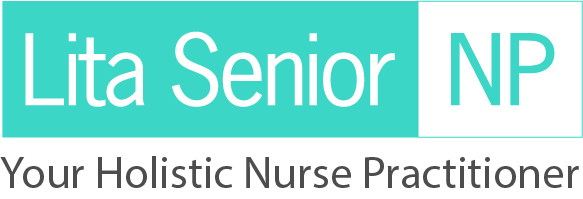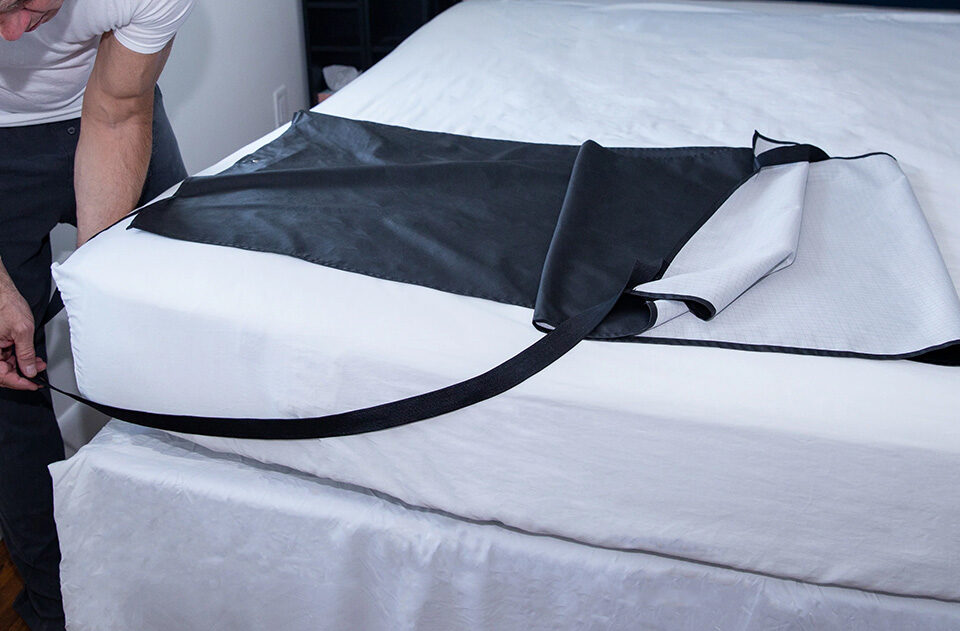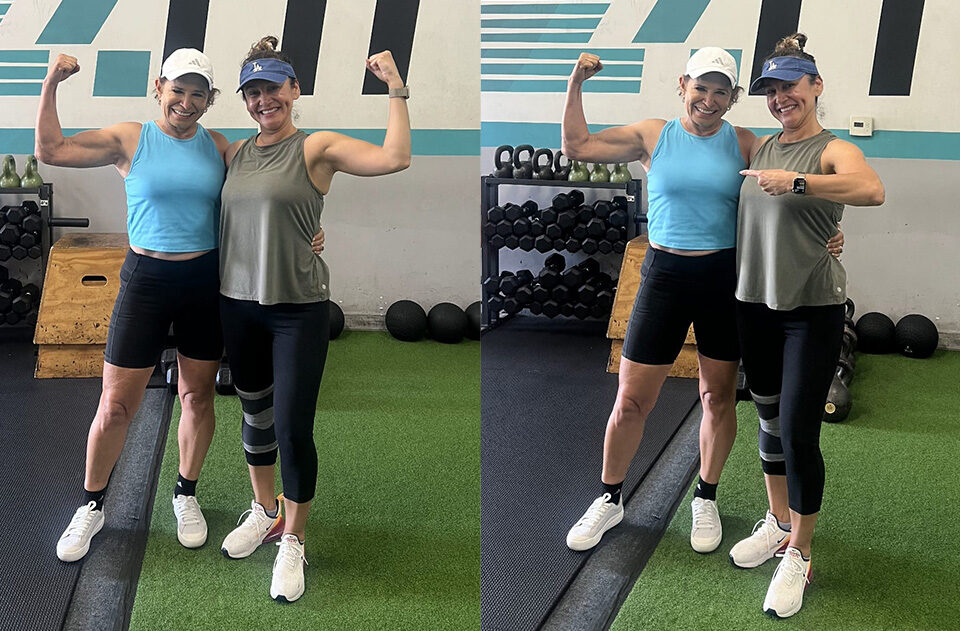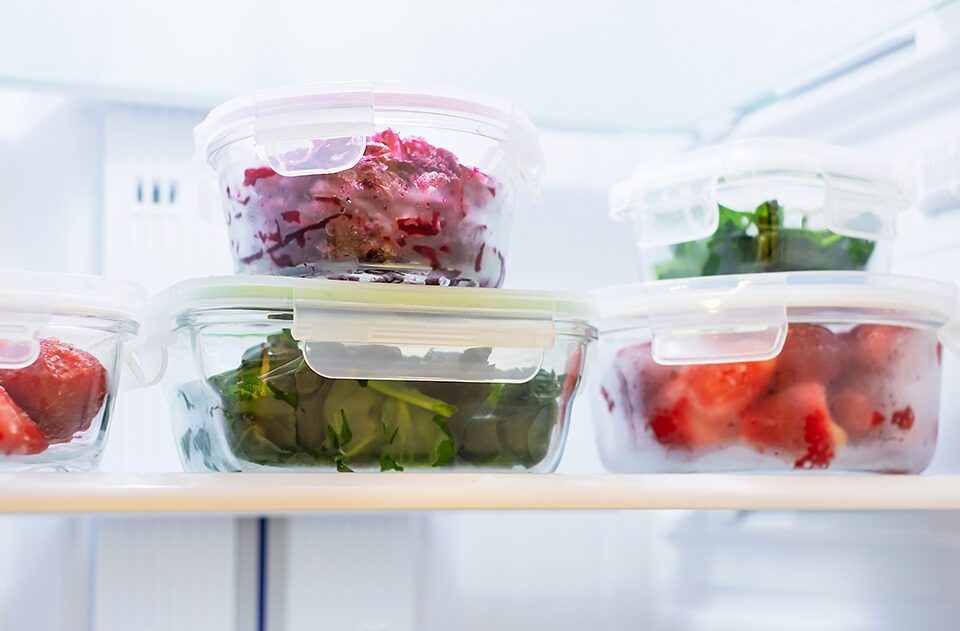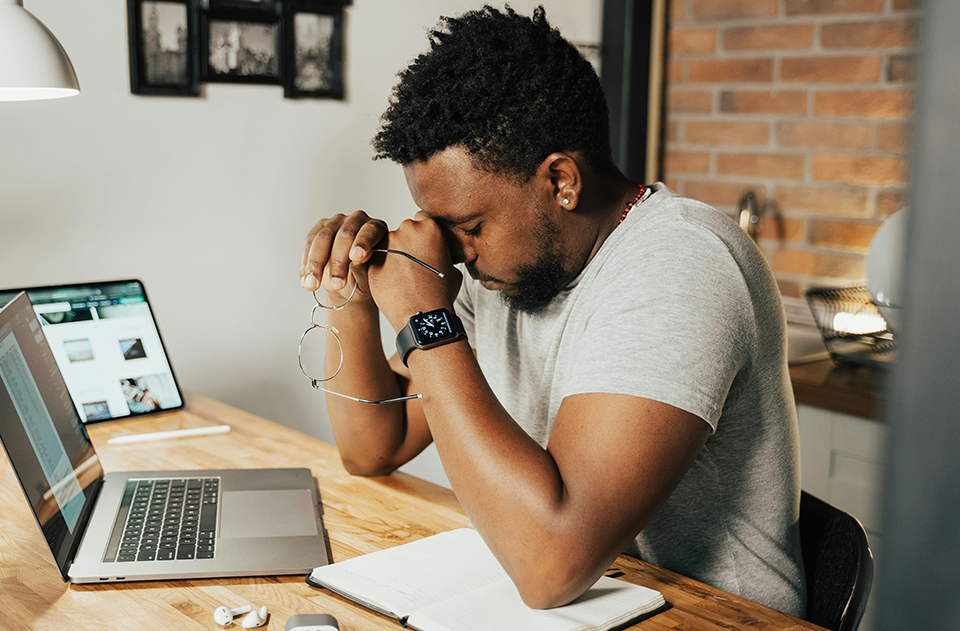Real Talk: Pre-Diabetes and Insulin Resistance
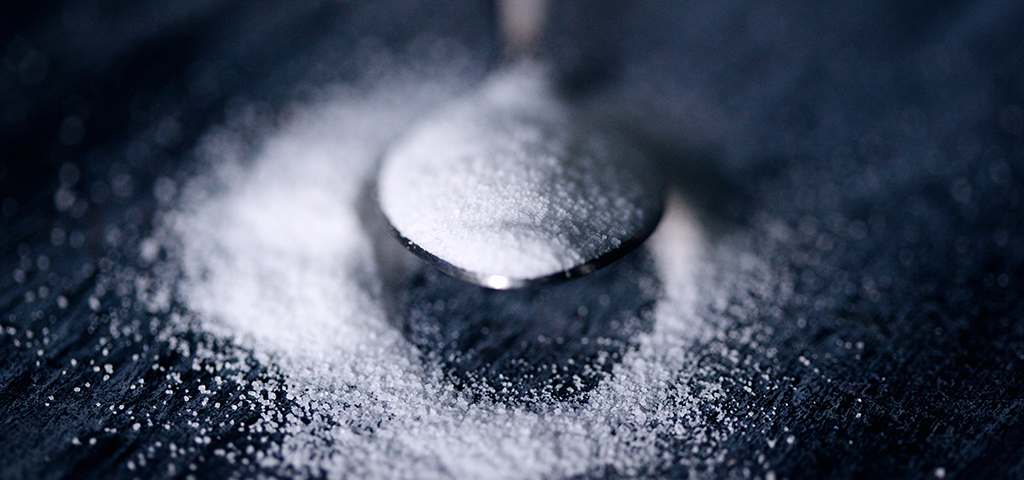
Diabetes is a very common disease nowadays. Most of us know a few people that suffer from it. Maybe you’re diabetic. We now know diabetes can be reversed and that people are getting off their medications and insulin- even when they are told that they would be diabetic for life. This is very good news, and many lives are being saved. But what about those of us who are pre-diabetic, or insulin resistant? Do you even know who you are? You see, diabetes just doesn’t show up as “high blood sugar” on a lab test. It takes many years in the making. Sometimes 10-15 years of metabolic mayhem before the diagnosis is given by a medical professional.
If we are going to talk about reversing diabetes, let’s talk about what is pre-diabetes and insulin resistance. What if we are borderline diabetic? What does it even mean? Let’s clarify a few things:
First- we have to understand how glucose or sugar and insulin are used in our cells.
Consider glucose a fuel. We get glucose from sugar, like candy, or the breakdown of carbohydrates- like breads, pasta, grains, beans, or any food high in carbohydrates. The body doesn’t know the difference between a rice or sugar; rice breaks down to sugar in the body. In order for your cells to get all of the fuel (aka, glucose,) it needs to be carried in by a hormone called Insulin. Think of insulin as a Bus. Insulin carries the cargo (Fuel,) into the designated driveway for insulin on the surface of the cells to come in and give energy to the cell, and therefore, our body.
When we eat a high carbohydrate meal, our Glucose goes up, which is fuel. So, the bus comes, picks it up, and delivers it into the cell via the Insulin receptor, aka driveway, so that the cell can use it for energy. This lowers the glucose in the blood and therefore, insulin did its job by moving glucose out of the blood. You see, glucose is of no use to us in the blood. It is very toxic. If left in the blood for a long time, it causes inflammation in the vessels and organs as it circulates. High glucose in the blood will eventually cause a fatty liver. Then it will be stored as fat (Fuel) in the body. Remember, glucose cannot get into the cell without the (Bus) Insulin taking it onto the driveway of the cell. When we are fasting, we have only a teaspoon of sugar in our blood. The body naturally wants to get rid of the glucose (Fuel) that you eat as soon as it can, in order to maintain healthy blood levels.
What about Insulin?
Insulin is a hormone made in the pancreas to help lower the glucose, or sugar, in your blood. You get glucose from the foods that you eat. The liver also makes glucose in times of need- for example, when you’re fasting. When your blood sugar levels rise after eating, your pancreas releases insulin to lower blood glucose in order keep it in the normal range. We need insulin to drive glucose to the cell and fuel it.
What is Insulin Resistance?
Insulin resistance happens when your cells are too full of glucose (Fuel) and your body is not using that fuel. Think of this like when you overeat on thanksgiving. You are overstuffed, your stomach cannot hold any more food (fuel.) Then, when they bring out your favorite dessert, you have to turn your head, and say, “No, more!”. Your cells are doing this on a microscopic level. Every time you eat food that turns into glucose, you make your pancreas send out the bus (insulin) to try to get the fuel into the cell. When your cells are overfilled, they become toxic and inflamed. They try to shut down the driveway to insulin or resist insulin.
Basically, the cells say “no,” to the bus, delivering the fuel. Therefore, the glucose stays in the blood system. Then you eat again, bringing in more glucose (fuel)- even though you still have too much fuel from the last time you ate. This results in the cell becoming insulin resistant. As a result, your pancreas makes more insulin for the bus. This brings even more glucose into your cells. Over time, your insulin goes up in the blood and you have a lot of buses full of glucose in the blood. This is the first sign of insulin resistance. Your body is raising insulin in hopes to get the glucose into the cell.
Meanwhile, you feel tired, because although you eat, the cell has no energy. It is in your blood, not your cells, where your body will use it. This is Insulin Resistance. Pre-diabetes and Diabetes start with Insulin Resistance.
This can be ongoing for 10-15 years before you are a full-blown diabetic. What you might notice when you are insulin resistant, or pre-diabetic, or Diabetic is:
- You are tired
- You can’t lose weight; feel swollen, fluffy!
- Difficulty sleeping or staying asleep
- You get shaky if you don’t eat something every 2 hours
- You can’t focus
- You fall asleep after you eat or feel tired after you eat, as the glucose is not entering the cells.
- You start gaining weight, gaining a belly, you can’t see your belt. Have a high BMI and waist circumference >35 inches
- Women… you start having painful periods and multiple cysts on your ovaries, PCOS
Eventually the pancreas can’t keep up with all the blood sugar, because the cells won’t take all the glucose in, and we see high blood sugars and insulin in the blood. When they get high enough, your doctor tells you that you are diabetic.
You see, the difference in these 3 stages is time. You have been in a state of too much glucose (fuel) that your body does not need, and the amount of inflammation that is occurring in your vessels and organs are due to the high glucose and insulin.
High glucose and insulin in the blood will cause inflammation overtime, which eats away at the vessels. Small vessels get affected first: your eyes, kidneys, and the end of your limbs. These are the problems we see in diabetes. We see a high risk for obesity, heart disease, high triglycerides, liver disease, neuropathy pain and Alzheimer’s… to name a few diseases. But don’t get it wrong, there are many “skinny” people that can also be insulin resistant and diabetic. All of them will show signs in the blood and have some of the symptoms above.
Because insulin resistance is not often recognized by most medical practitioners, many patients end up having progressive symptoms of diabetes before they seek care.
Symptoms of Diabetes are:
- Urinating often
- Feeling thirstier than normal
- Feeling very hungry—even though you are eating
- Feeling more tired than usual
- Having blurred vision
- Slow healing cuts and bruises
- Weight loss—even though you are eating more, or gaining even if you are eating a little
- Tingling, numbness, or pain in your hands and/or feet
It is always best to have your blood work done by a knowledgeable provider, who can guide you with the plan below.
Some simple tests you can do the following:
- A Comprehensive Panel, look at your fasting blood sugar. Optimal is 85-90 while fasting. I like my patient’s fasting insulin to be less than 6.
- Triglycerides and HDL Cholesterol. They should be a 1:1 ratio, say 60:60 higher HDL and lower triglycerides are favorable.
- HgbA1C. It looks at glucose in the blood over a 3-month time. I like to see this at 5.2 or less.
Of course, these are optimal guidelines, not everyone falls within these ranges 100%, but it is a guide.
What raises your risk for Insulin Resistance?
You are at risk if you are:
- Overweight
- Physically inactive
- Have an immediate family member with type 2 diabetes
- Are African American, Hispanic/Latino, American Indian, Asian American, or Pacific Islander
- Have polycystic ovary syndrome
- Have had gestational diabetes, which develops during pregnancy
- Are 45 years or older
- Have had heart disease, a stroke, or disease of the blood vessels in your neck or legs.
- Are on multiple medications
- Eating multiple times a day and eating late.
- Last but the first, you eat a Standard American Diet. This is referred to a SAD diet, it will drive your risk of disease. What is this diet? High processed food, fast foods, foods mixing bad fats and sugars together, high carbs.
How can you Reverse Insulin Resistance?
Luckily, there are steps you can take to reverse insulin resistance and pre-diabetes!
- Adopt a low-carb, ketogenic diet.
- Increase dietary fiber intake
- Eat low-glycemic-index foods, eat real food- no boxes, bags, cans, or packages
- Lower dietary of bad, fake, fat intake
- Intermittent fasting / time-restricted eating.
- Be more physically active. Have a walk after dinner- its proven to help lower blood sugar
- Exercise
- Get more sleep. Short-term sleep deprivation raises glucose levels and worsens insulin resistance
- Lower stress levels
- Stop smoking
Is there an Insulin Resistance or Diabetic Diet?
Because Insulin Resistance, Diabetes and Pre-Diabetes involves having elevated levels of glucose in the blood, it is important to note that limiting the sugars that we eat can help lower these blood levels. Studies show that eating a low carbohydrate diet can help improve the insulin sensitivity of your cells. I highly recommend following a ketogenic, low-carb type diet. This diet involves limiting your carbohydrate intake, consuming healthy fats and eating moderate amounts of protein. There are many health benefits proven with this way of eating; one of which includes blood sugar control. You can find my beginners guide to Keto here. By incorporating Intermittent fasting, meaning limiting the times you eat to twice a day (2 meals,) will allow your blood glucose to be used for fuel before you feed again. Training your body to use your glucose (fuel) in the blood and then tap your body fat for fuel will find you beginning to reverse the process of insulin resistance.
What Foods lower insulin resistance?
Low glycemic foods help reduce your sugar levels. Here are some foods that help support insulin sensitivity and help reduce the risk of developing Diabetes:
- Non-starchy vegetables, such as broccoli and dark leafy greens
- Allium vegetables, like garlic, leeks, and herbs
- Tomatoes
- Avocado and healthy fats, such as coconut oil
- Protein-rich foods, including lean meats, fish, and nuts
- Fish with a high omega-3 fatty acid content, such as salmon, sardines, and herring
- Foods that contain antioxidants, such as berries
- Unsweetened yogurt
- Water, especially as a substitute for sweetened drinks
- Unsweetened teas
- Sweeteners you can use stevia, erythritol, xylitol
The Bottom line
Diabetes and Pre-Diabetes starts with Insulin Resistance. It is a state of metabolic disease, where you have been over fueled with sugar or carbs (fuel) and your cells are now inflamed and rejecting insulin and sugar from getting in to fuel the body. The body protects itself by putting these glucose molecules into fat and stores it on the body. Insulin is high and you cannot use body fat for energy because it is locked up. Once you eat a low carb, ketogenic diet, the fuel source of glucose is used up. The insulin drops, your body is fueled by fatty acids from the fat on your body. Overtime, you correct this metabolic problem of insulin resistance of the cells, the weight loss occurs. Health is restored.
We were not meant to eat processed foods, our ancestors did not have processed foods, or fake oils, they moved and did not snack. The refrigerator was not overfull. There weren’t snacks on every corner, no fast food restaurants. We have been duped to think that we need 3 meals daily plus snacks in between. We have been advised not eat fat, but eat fake oils and margarine. Unfortunately, we are getting sicker and sicker, and our kids are getting sicker and fatter.
If you need help with navigating reversing diabetes or insulin resistance, please seek the help of a medical professional that understands this process. You do not develop diabetes because a lack of insulin, unless you have Type 1 or 1.5. Most people have too much insulin, and to think of giving a patient more insulin will only make the patient inflamed and fatter. Not treat the root cause of the problem.
